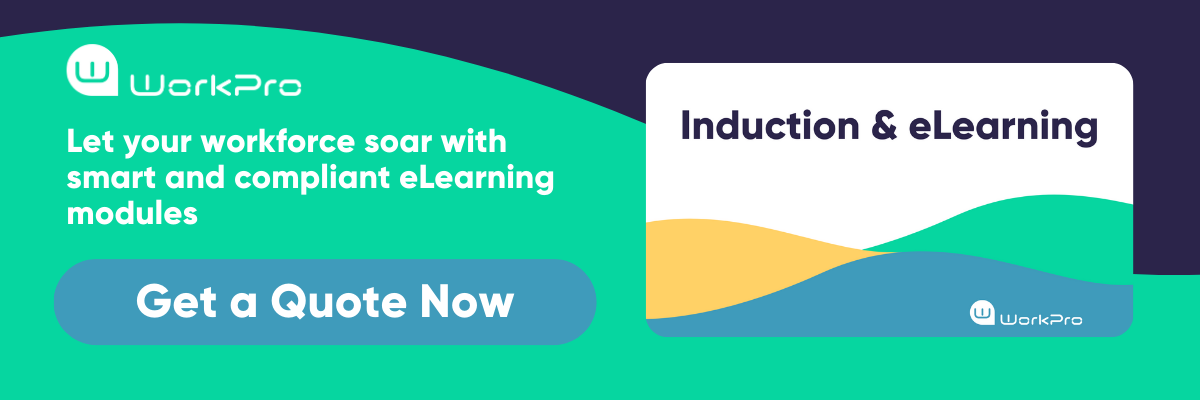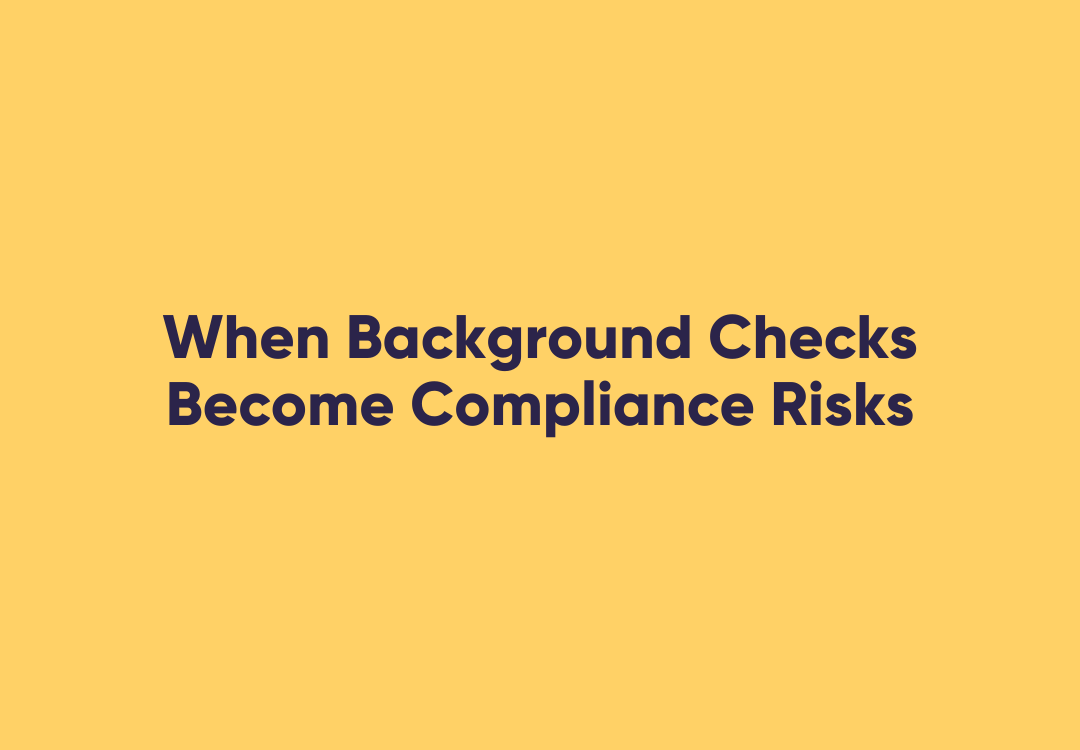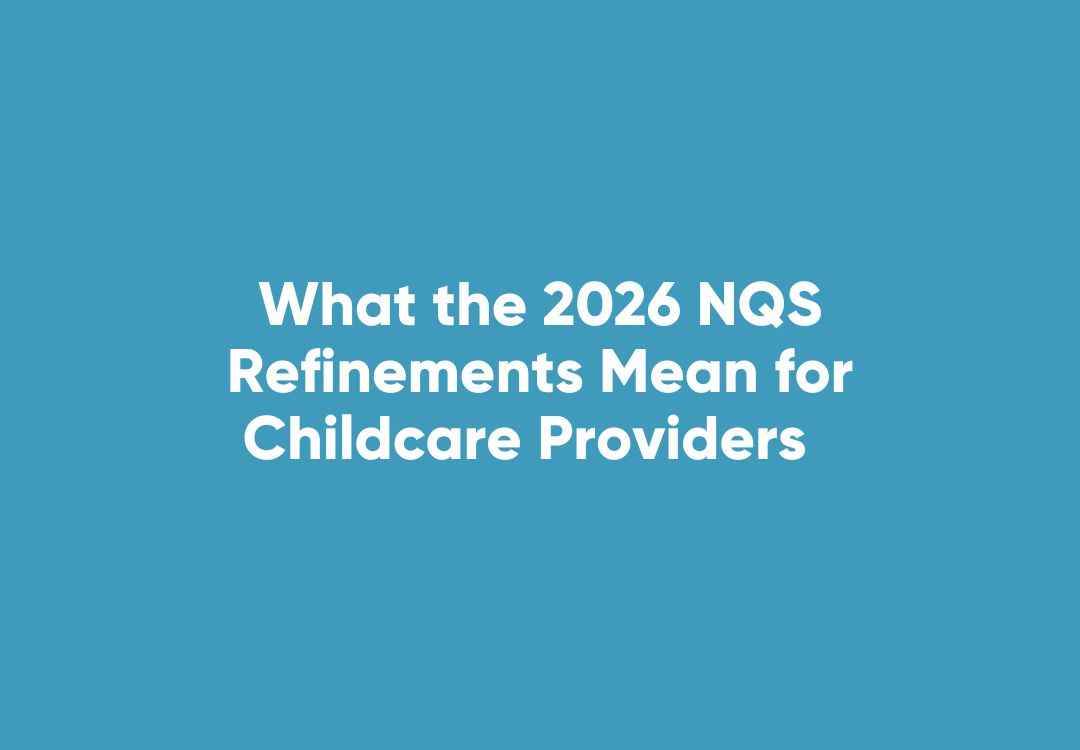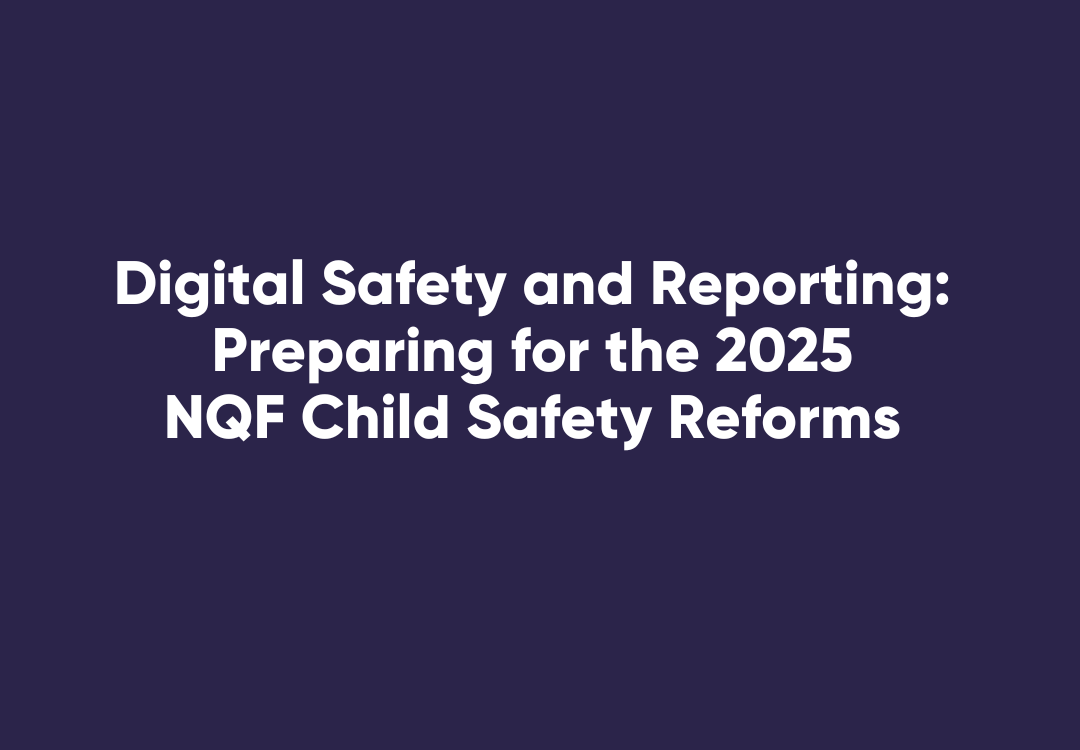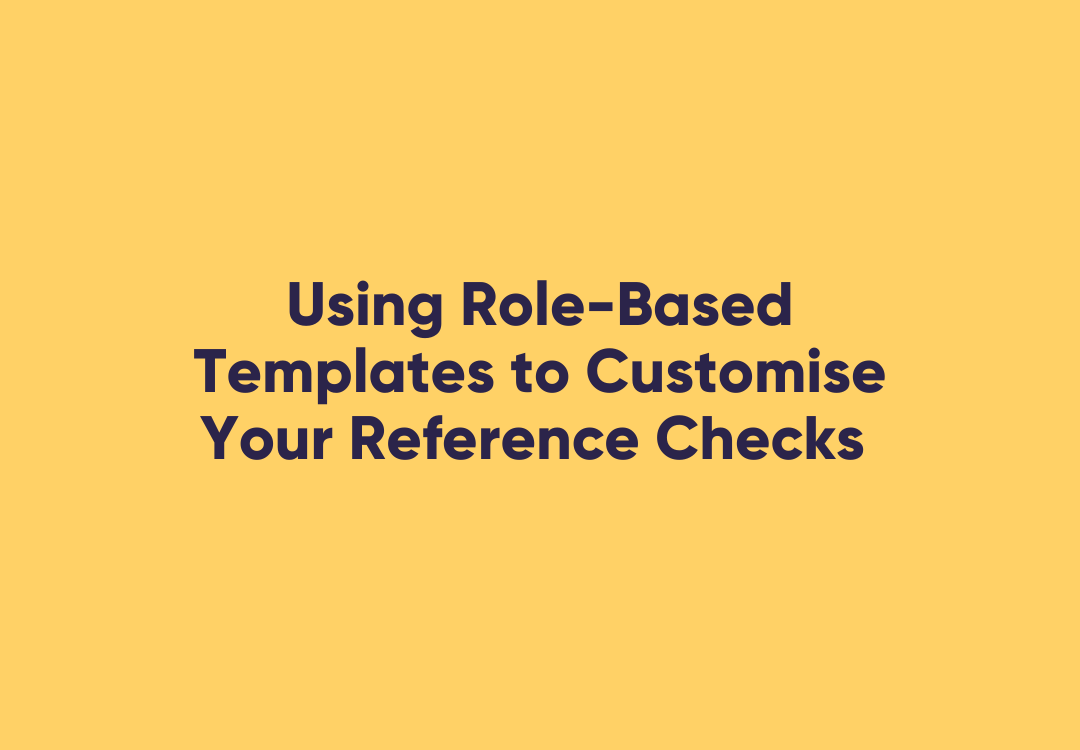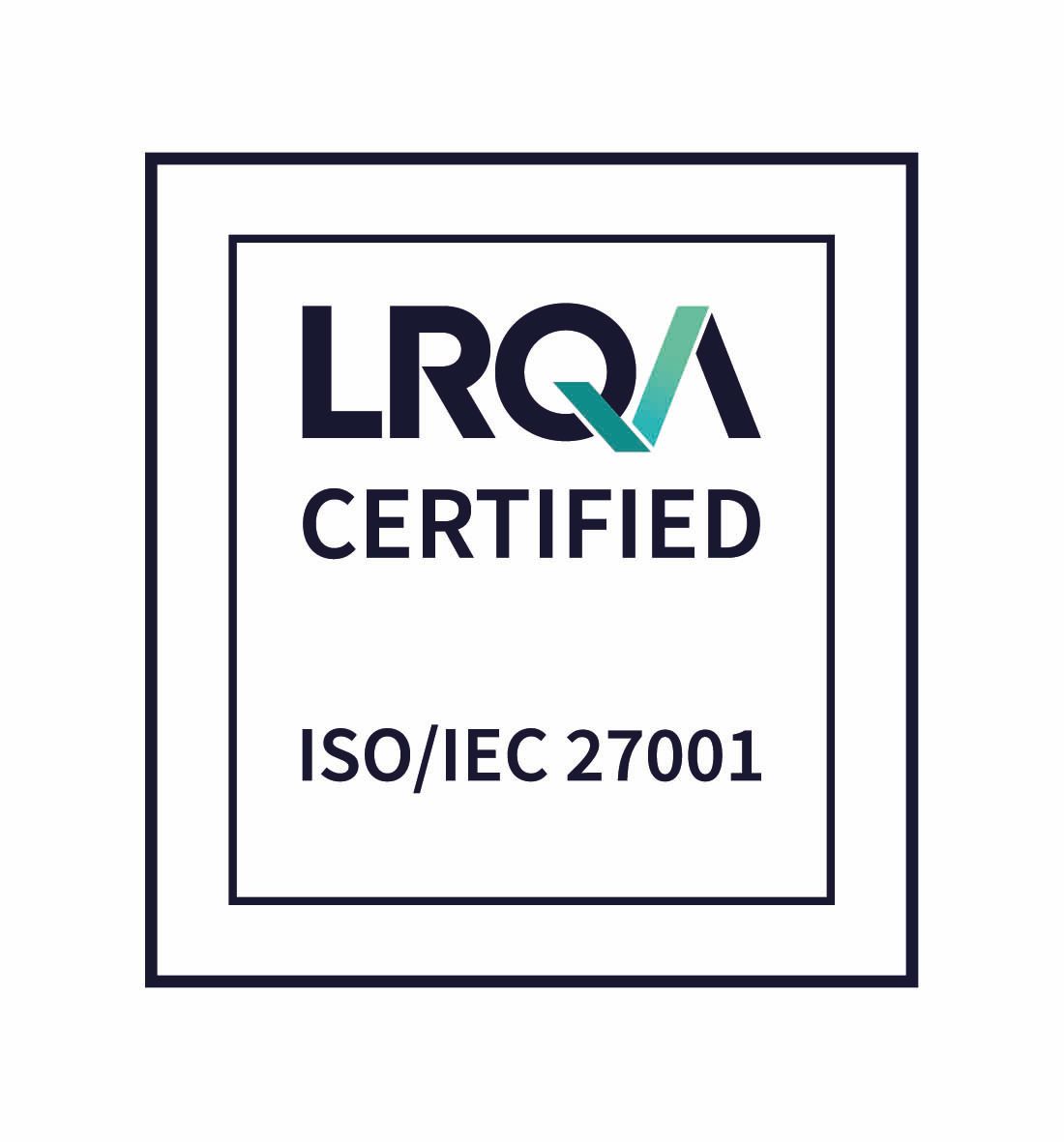Keeping WHS in Mind in the Summer Sun
The Australian lifestyle is often defined by our climate.
It’s a nation of beaches, sunshine and long, hot summers, and while there is much to enjoy in our environment, staying safe when working in the sun should always be a primary concern.
SunSmart estimates that two-thirds of Australians will be diagnosed with skin cancer by age 70, while research from Macquarie University has found extreme heat is responsible for more deaths than any other natural hazard according to the ABC.
When the temperature rises, extra workplace health and safety considerations may be necessary.
“Summer heat, fatigue from festive season events, changes in working arrangements due to school holidays and an increase in inexperienced casual workers, can all put extra pressure on workplaces,” says Diane Smith-Gander, Chair of Safe Work Australia, urging all workers to take extra care at this time of year.
Workplace health and safety obligations in the summer sun
We are so often reminded of the importance of staying safe in summer, however knowing the chain of responsibility for protecting outdoor workers is essential for businesses.
Safe Work Australia’s Guide on Exposure to Solar Ultraviolet Radiation is clear on the issue, saying that the person conducting a business or undertaking must:
“Ensure, so far as is reasonably practicable, workers including volunteers and other people are not exposed to health and safety risks arising from the business or undertaking.
This duty requires the person to manage health and safety risks by eliminating them so far as is reasonably practicable, and if this is not reasonably practicable, by minimising those risks so far as is reasonably practicable.”
Staying safe when working in the sun should always be a primary concern.
While individual employees are encouraged to take the initiative themselves in terms of suitable clothing and sunscreen, it is the employer’s obligation to provide protective items and monitor the wellbeing of their workers.
Tips for providing a sun smart workplace
Should your business operate in an industry that requires a significant amount of outdoor work, relevant safety procedures must be included in your WHS induction processes.
Raising awareness among your workforce about the risks of working in the sun, and providing them with protective items – hats, sunglasses and sunscreen, for example – will promote safe practices.
“Where possible, businesses should try to re-schedule work to cooler times of the day such as early morning or late afternoon [and] ensure workers stay hydrated and have access to plenty of plain drinking water,” says Peter Dunphy, Executive Director of SafeWork NSW.
Give your employees the ability to take control of their own sun safety, and establish controls and processed to monitor that correct measures are being taken.


